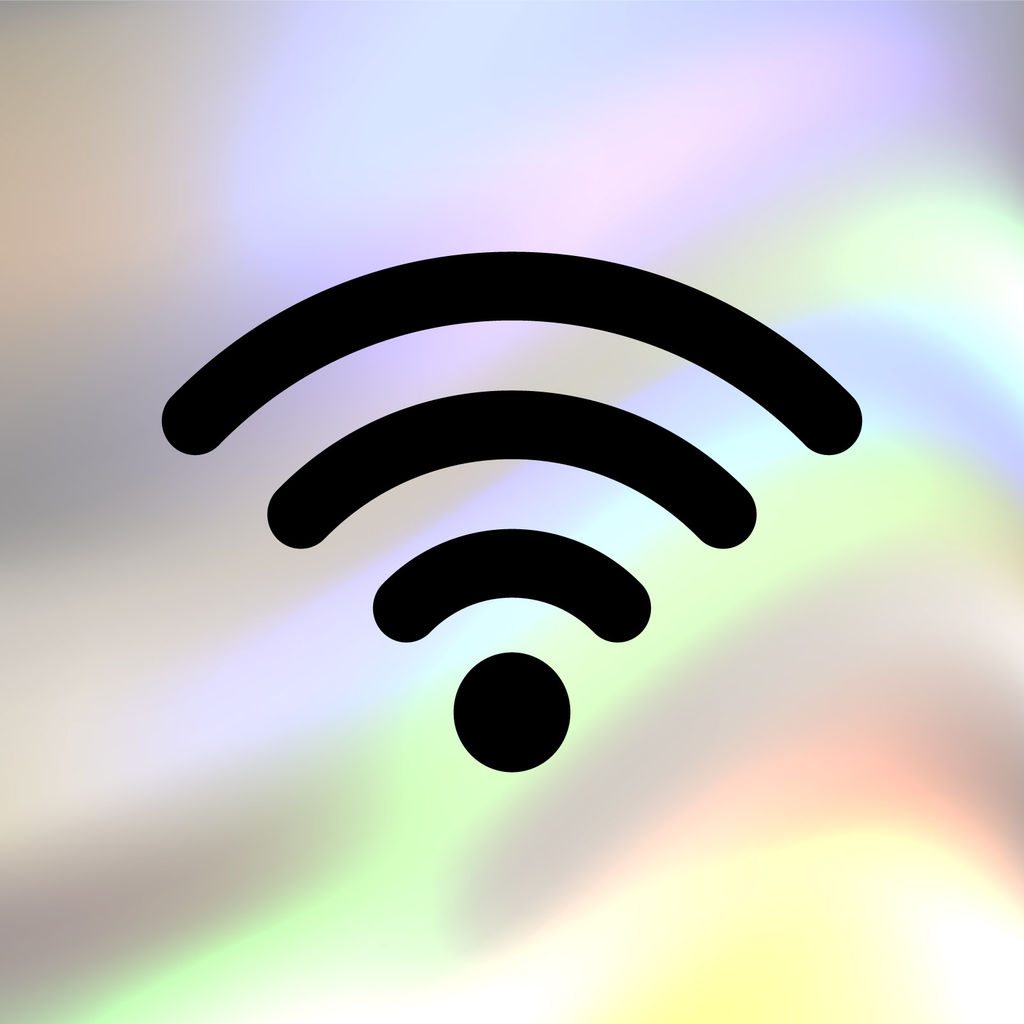If events transpire as expected, it looks as though the winners of the C-band auction will be revealed in early March.
The clock phase of the auction closed on January 15, with gross proceeds exceeding $80.9 billion. That phase had bidders winning generic blocks of spectrum; the assignment phase, which starts February 8, will see them getting the opportunity to bid for their preferred combinations of frequency-specific license assignments.
Bidders that won at least one generic block of spectrum in one Partial Economic Area (PEA) in the clock phase of the auction are eligible, but not required, to bid in the assignment phase for frequency-specific licensing blocks.
RELATED: C-band’s first phase tops charts with $80.9B
Acting FCC Chairwoman Jessica Rosenworcel on Tuesday welcomed a Public Notice with details of the assignment phase of Auction 107.
“This auction has exceeded expectations, and, at this point, we are pushing forward to get this critical piece of mid-band spectrum to market quickly, where it will help American consumers tap into next generation wireless services,” she said in a statement. “I thank the FCC staff who work so hard to ensure the success of our spectrum auctions. Few things we do have as great an impact on the day-to-day lives of the American people as our work to ensure spectrum is available for wireless connectivity.”
In the Public Notice, the FCC reminded everyone that the rule prohibiting communications about who won what still applies until the close of Auction 107; hence, everyone else is just left guessing.
Auction 107 made available licenses for 280 megahertz of spectrum in the 3.7–3.98 GHz band, a portion of the so-called C-band. Incumbent satellite users need to move to the upper portion of the band to make way for the auction winners, which are paying relocation costs.
RELATED: Nokia ready with C-band gear on heels of 5G spectrum auction
The auction provides wireless operators and others with the first real chance to get mid-band spectrum for 5G since the Citizens Broadband Radio Services (CBRS) auction last summer, which raised a mere $4.5 billion in comparison. The C-band spectrum will be less encumbered and is considered far more valuable, as evidenced in the bids; some analysts expect Verizon’s C-band spend to be in the $40 billion range.
New Street Research analyst Jonathan Chaplin said his team suspects Verizon ultimately to spend at least $29.4 billion in C-band auction proceeds and $5.6 billion in clearing costs for a total spend of $35 billion.
“We suspect this is up to $20BN higher than consensus at the start of the auction,” he wrote in a note on Tuesday. “With no additional revenue attached to the higher spend – they will get what investors expected, it will just cost them more.”
New Street estimates the assignment phase could end around February 25, with a public notice announcing results coming March 3.
The assignment phase in past auctions has typically lasted three to four weeks, with another one to two weeks before the high bidder details were announced, noted Raymond James analyst Ric Prentiss.
“We expect it will be March before we know who bought how much, and where in the C-Band auction,” he wrote. Raymond James analysts expect Verizon spent $30 billion in gross bids, with AT&T spending $20 billion and T-Mobile pledging $11 billion. Cable companies likely spent $15 billion, with Dish Network and UScellular both at $2 billion, according to Raymond James.













